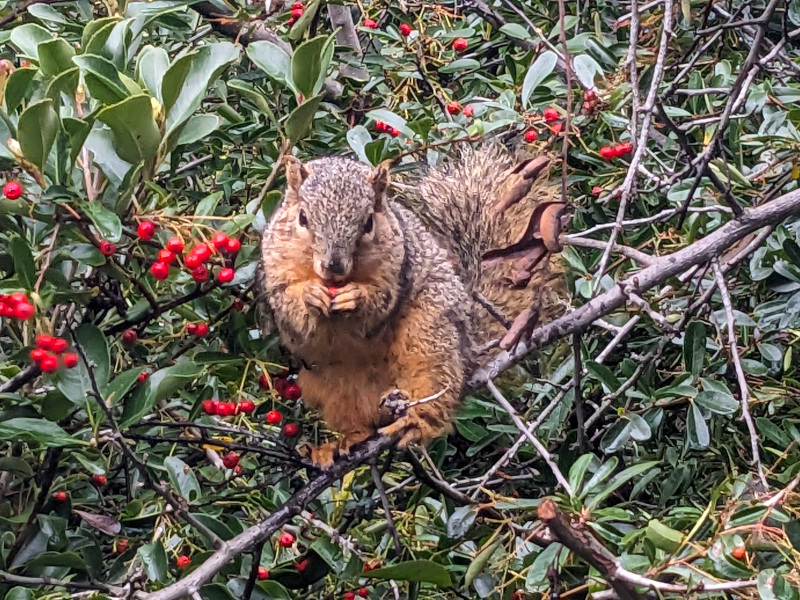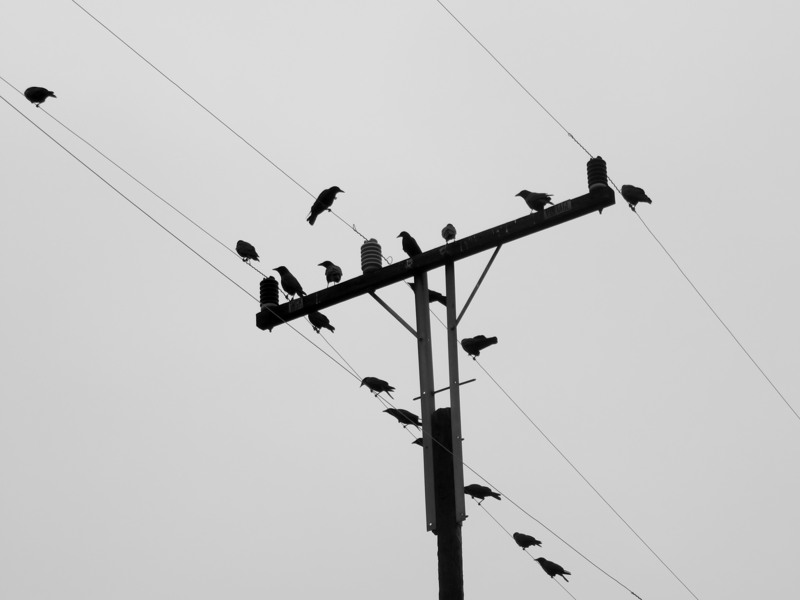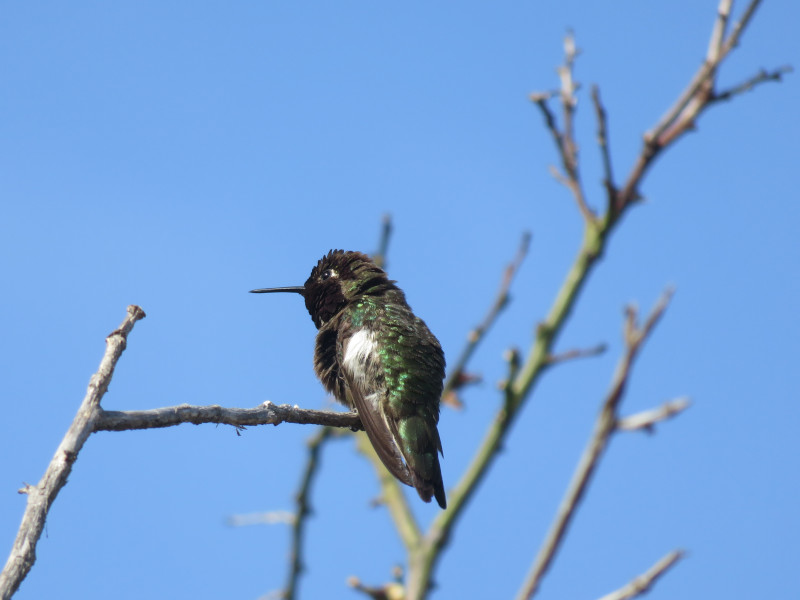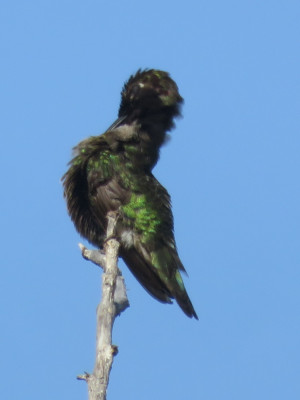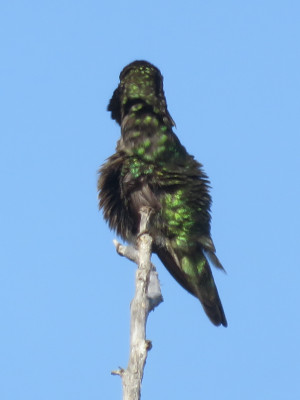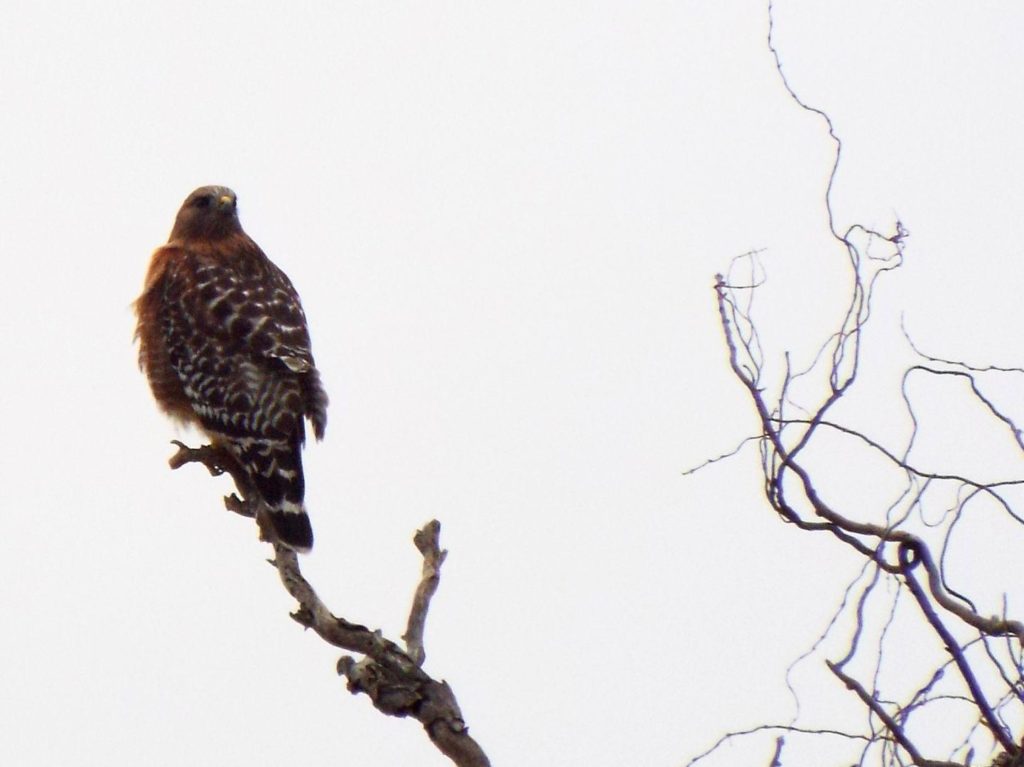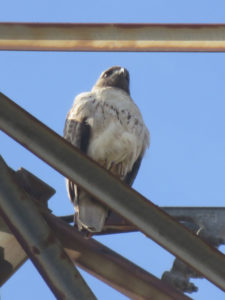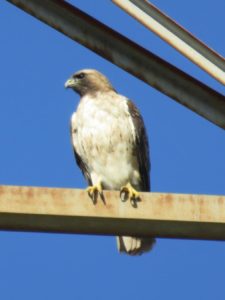When wild jackrabbits roamed the fields of LAX. (Los Angeles Times)*
From time to time passengers in giant air liners are amused when giant jacks race the plane on take-off. Until now, none of the rabbits has left the ground.
I’m reminded of all the rabbits we used to see near UCI in the 90s, especially out in the housing complexes on the edge. A lot of that open space has been filled in since then. I’m told they were still all over the place as of 2010, but I can’t remember seeing any the last few times I was on campus. Though several of those were Wayzgoose, which I’m sure would have most of the rabbits hiding in their burrows, waiting for all the people to leave so they can see what food they might have dropped. Then again, I don’t remember noticing squirrels at the time either, and I’ve seen squirrels walk up to me and pose like Oliver Twist asking for more soup.
Anyway, the rabbits at LAX were eventually wiped out by foxes, who have since disappeared from the airport as well.
About Those Foxes…
But the foxes are still around! Just not on the runways. LAist ran a story about the local population of red foxes on the Palos Verdes Peninsula just last month. The LA Natural History Museum has an article on the species’ history in the area, from being imported and farmed for hunting and fur in the early 20th century, to going feral, to a population boom in the 1980s.
The red fox coexists with the native gray fox on the peninsula, but coyotes will kill them, and the current population is believed to be fairly low.
Could be worse, though. The Channel Island fox almost went extinct through a Rube Goldberg food chain of events. SFGate reported on their plight and rebound (on the same day LAist published the piece on red foxes, oddly enough!) due to the feral pigs (way more than 30-40) left over from the islands’ farming days. The pigs not only overran the islands’ vegetation — it was basically trees and grass and nothing in between for years — but they attracted predatory birds from the mainland who, once they were in the area, went after the smaller, easier prey: the foxes. By 2004, there were only a dozen on each of two islands.
The National Park Service hired an outfit to hunt down the feral pigs over the next few years. The islands’ vegetation — and the foxes –rebounded. By 2016, the island fox was removed from the endangered species list entirely.
*Photo credit: Art Rogers, originally published in the Dec. 2, 1946, edition of Life magazine and later in the Aug. 4, 2011 LA Times.
Expanded from a Mastodon post I wrote back when the LA Times highlighted the LAX rabbits in a “From the archives…” story in 2017.

